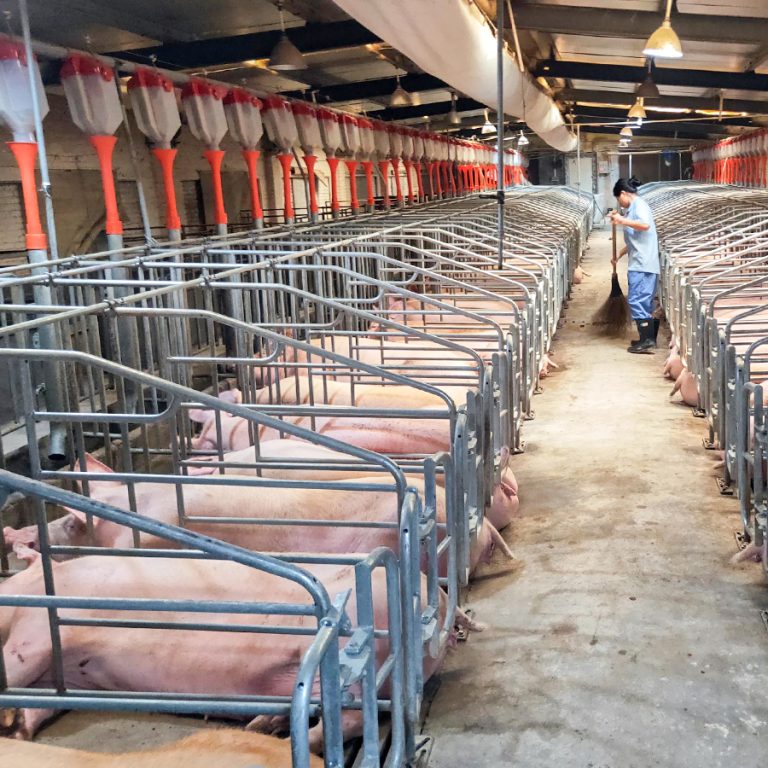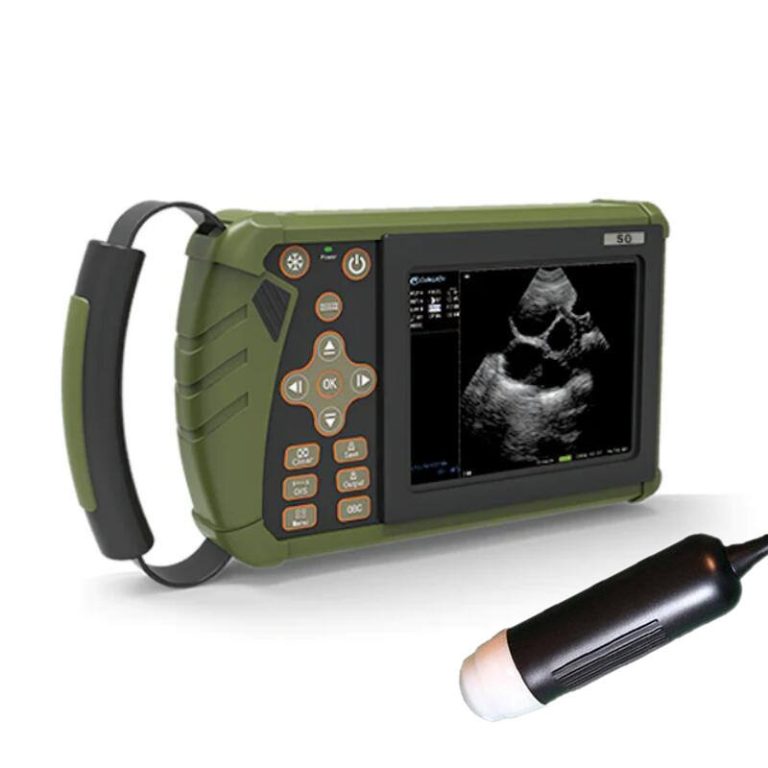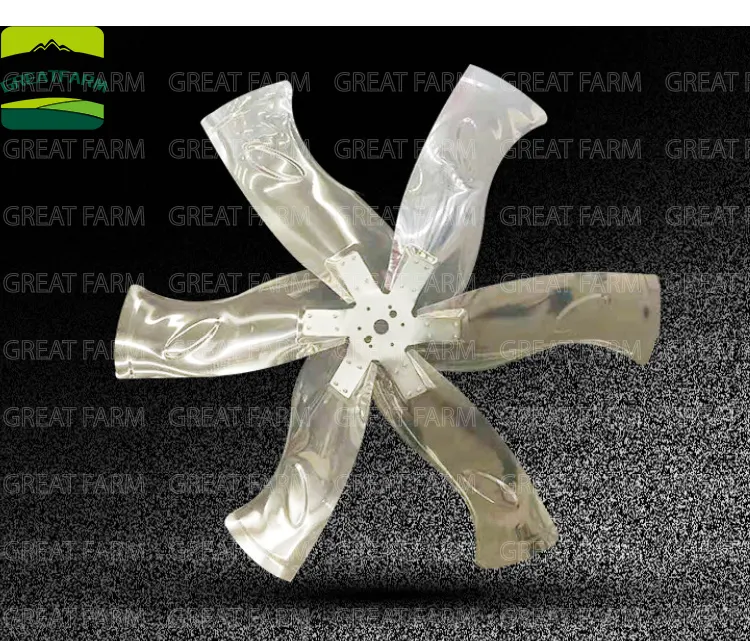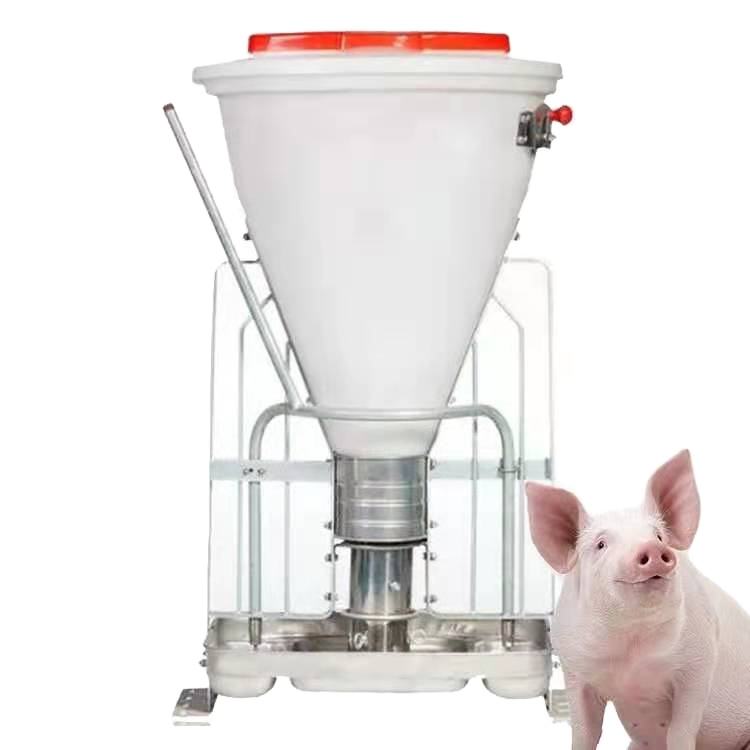- Composting technology
- Pig excrement contains some nutrients, such as nitrogen and phosphorus, which can be used in the synthesis of some compound fertilizers. Therefore, using composting technology to turn pig farm manure into valuables is one of the main methods for large-scale pig farms to treat manure. The first step in composting technology is to use centrifugal equipment to centrifuge the manure to separate the solid matter and liquid in the manure for rational utilization. Among them, solid manure can be used as raw material for pellet feed after drying and sterilization. It can also be used to make organic fertilizer after accumulation and fermentation using rice husks, hay and sawdust to plant fruit trees and vegetables. There are basically no nutrients in the sewage. The sewage purification pond can be used to purify it and then be used for fish and shrimp farming. It can also be introduced into a biogas tank for fermentation to produce biogas, or it can be directly irrigated for orchards and vegetable gardens.
- The main process of composting technology is to use dry rice straw, chaff, etc. as compost conditioning materials, and dry pig manure separated from dry and wet conditions as the compost substrate. After fully mixing the conditioning materials and pig manure, microorganisms and dilute urea solution are added to them. and other conditioning substances to keep the nitrogen and phosphorus ratio of the compost at about 1:30, which is beneficial to subsequent fermentation. 1 to 2 days before fermentation, there are more feces, the smell is relatively strong, and the fermentation is uneven. They are mainly yellow-brown. After 3 days, they begin to turn dark brown, and straw and chaff begin to rot. Sometimes they can be clearly seen. Gray-white hyphae are seen. The fermentation temperature is best controlled at around 50-55°C. After 5-7 days, some harmful bacteria and roundworms in the feces can be effectively killed. Composting technology can basically meet the national hygienic standards for harmless treatment of manure. Its main advantages are simple operation and low investment. The resource recycling of pig manure is an effective means of treating waste manure in pig farms. Its disadvantage is that it has a long cycle. It is too long and takes up too much space to achieve continuous production. Therefore, pig farms should reasonably choose the method and site for sewage treatment based on their actual conditions.
ONLINE SERVICE: WhatsApp: +86-18137822989 Email: info@great-farm.com



